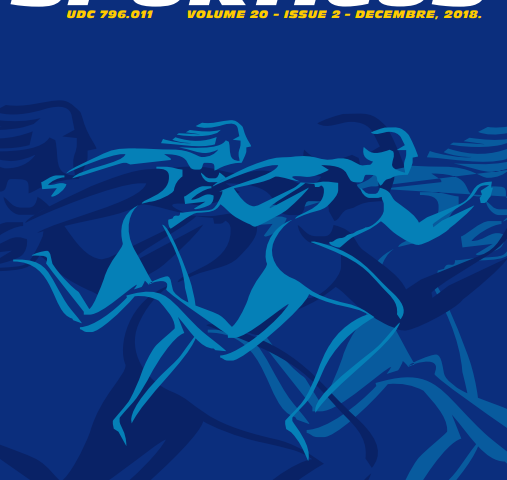Abstract
The aim of this research is to analyze the technical-tactical profile of the World’s best judokas in the middleweight category (under 90kg) and to determine if there is a significant difference between the top ten and the other elite judokas in the nage-waza used at the high-level competitions. The sample included 142 combats from major tournaments held in 2017 and 2018. Inclusion criteria was that one of the judokas engaged in the fight was ranked among the top ten athletes in the middleweight category on the world ranking list. The results show that the most frequently used nage-waza group was te-waza, followed by ashi-waza, sutemi-waza, and koshi-waza. Efficiency index values follow the same order with te-waza (Sa=3.25) and ashi-waza (Sa=2.14) as the most efficient group of throwing techniques. Results of the Chi-square test (p<0.05) show that the top ten athletes use more koshi-waza and less-sutemi waza compared to their less successful counterparts. Uchi-mata and sode-tsurikomi-goshi are the main attacking techniques accompanied by te-waza techniques (uchi-mata-sukashi, sumi-otoshi) used commonly to punish the opponent’s mistake. Coaches and analysts can value the information provided since it is category-specific, and make extensive use of it in the technical and tactical preparation for the high-level competitions.
Keywords: performance analysis, competition efficiency, combat sports


